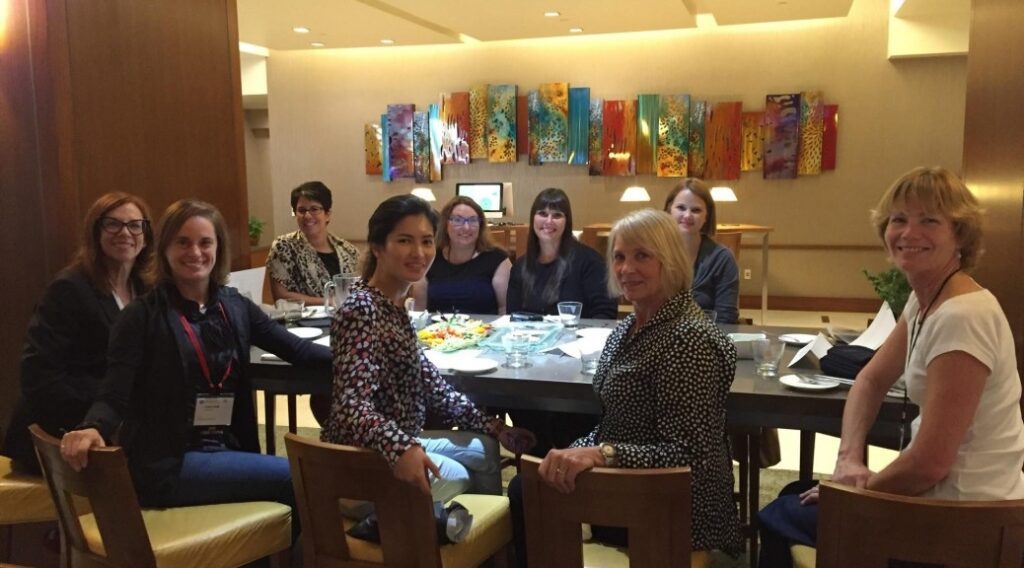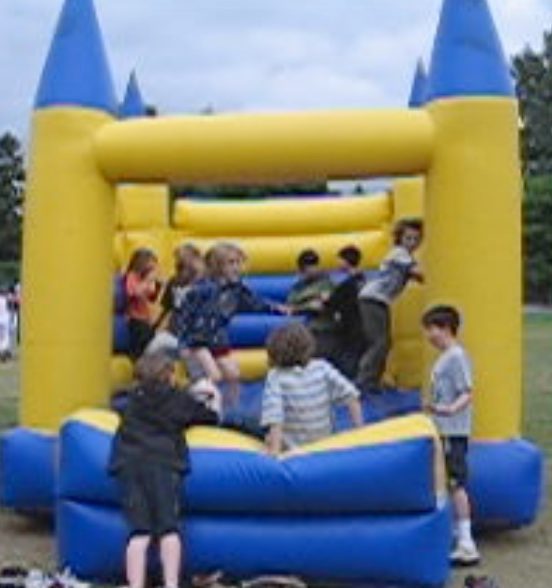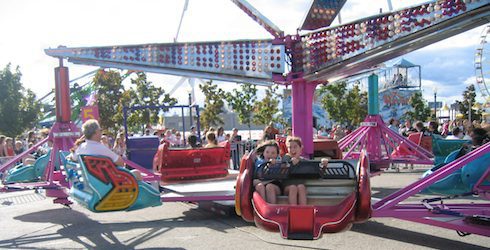Just last week (2025 August 14), there was a scary ride accident involving a derailment of a Wacky Worm kiddy coaster in England. As concerning as the accident was, the BBC News media report and Wales Online reports were very well done. Then this week (2025 August 18) comes a news clip from The National Herald headed “Four injured when Rhodes amusement park ride breaks” with a full-width photo of a Wacky Worm. Two Wacky Worm accidents in one week? Let’s see.
Continue reading “Ride accidents in the media”Tag: Commentary
Coverage of Six Flags accident in NJ and other unrelated metrics
A report in NJ.com covered reported accidents at various Six Flags theme parks.
Continue reading “Coverage of Six Flags accident in NJ and other unrelated metrics”A mountain coaster is not a roller coaster
The case of an injury on the Branson Coaster
Like many reports covered in the RRRR database, multiple media reports used imprecise terminology that has real implications for potential misunderstanding of hazards to the public. While it is understandable that a reporter may not know the difference when beginning to collect information for a report, it is irresponsible to be cavalier about terminology in the published version. Any hazards that may be implicated in this case have no relevance to “roller coasters”.
Continue reading “A mountain coaster is not a roller coaster”When the worst happens
The worst thing that can happen at a theme park, amusement park, water park, or carnival is an injury to a rider. The rider and their family obviously are hurt worst, but the owner/operator and the entire industry shares the pain.
Many people work very hard to make sure rider injury does not happen, and because of the success of that effort, it rarely does happen. In the immediate aftermath, thoughts often go to negligence. Was the inspection skipped or shortcut? Did someone leave a part out? Did the rider bring it on themselves by misbehaving?
Continue reading “When the worst happens”Report of rider injury
The fatal injury on the Schlitterbahn “Verrückt” waterslide has been reported as a decapitation.
Earlier accounts referred to a “neck injury”. Reporters enthusiastically parsed past Consumer Product Safety Commission reports and noted 28% of injuries in their dataset were head and neck injuries. They did not report that the CPSC data on amusement rides substantially overstates injury occurrence due to the inclusion of swan boats, ball pits, laser tag, corn mazes and other things that are not what you would popularly consider “amusement rides”. A study I published in the journal Safety Science in 2014 found the national estimate of actual amusement ride injuries was less than 2/3 of what CPSC data would suggest.
Continue reading “Report of rider injury”Disneyland Shanghai

The International Association of Amusement Parks and Attractions (IAAPA) hosts a series of valuable international conferences and expos. The IAAPA Asian Attractions Expo 2016 was held in Shanghai at the Shanghai New International Expo Centre (SNIEC) in mid-June, including a reception on the evening of opening day of Disneyland Shanghai, and a day visit to the park on Day 2.
Continue reading “Disneyland Shanghai”Who makes attractions safe?

There are many people involved in setting standards that make amusement rides and devices safe. The ASTM F24 standards are used in 19 countries, and counting. The committee has almost 900 members, and holds meetings three times annually. Meetings held in USA have almost 300 people participating in multiple concurrent sessions, literally poring over language used in standards to ensure that people following the standards will interpret the requirements as intended.
Continue reading “Who makes attractions safe?”Inflatable bounces

Inflatable bounces, bouncy castles and inflatable slides are essentially just big balloons that kids love to jump in, on, and off. The very form of inflatables suggests all the fun of trampolining, and all the safety of an airbag.
Continue reading “Inflatable bounces”Five amusement tips for kids: how not to have a bad day

TORONTO, June 26, 2012 – As the Canada Day long weekend approaches, many families may be thinking about heading to an amusement park or summer festival for a fun day riding stomach-dropping roller coasters, Ferris wheels and spinning swings. Rides can be thrilling, and even a little scary, but most of the sensation of danger is a clever illusion, says Kathryn Woodcock, an amusement ride expert at Toronto Metropolitan University.
Continue reading “Five amusement tips for kids: how not to have a bad day”Safety first for amusement rides: tips for parents

TORONTO, June 26, 2012 – As the Canada Day long weekend approaches, many families may be thinking about heading to an amusement park or summer festival for a fun day riding stomach-dropping roller coasters, Ferris wheels and spinning swings. Rides can be thrilling, and even a little scary, but most of the sensation of danger is a clever illusion, says Kathryn Woodcock, an amusement ride expert at Toronto Metropolitan University.
Continue reading “Safety first for amusement rides: tips for parents”